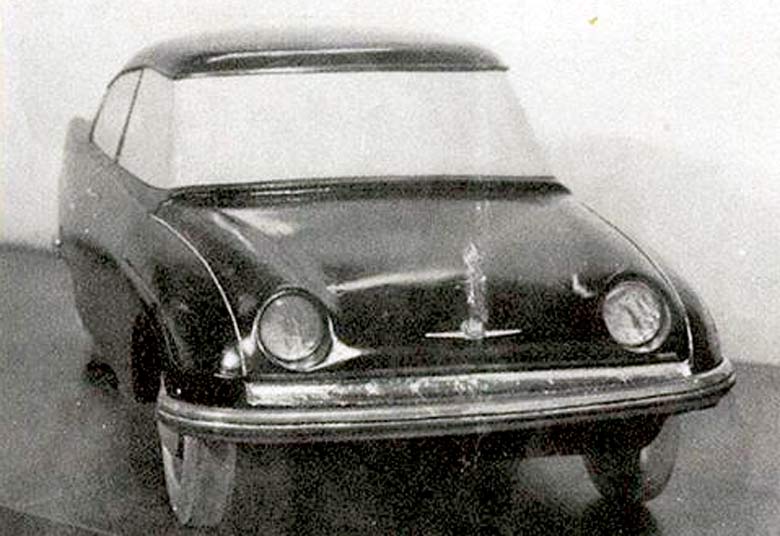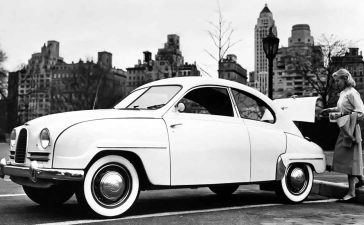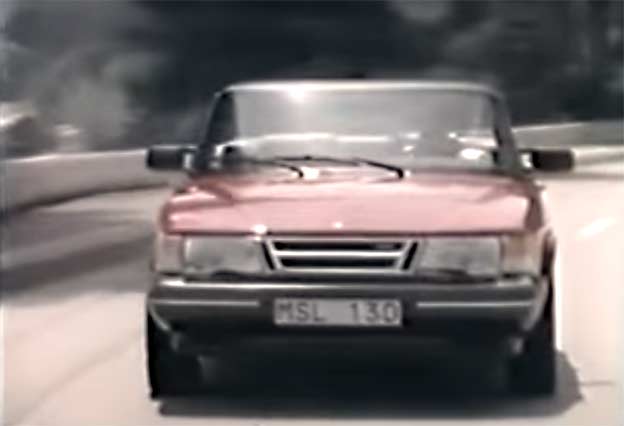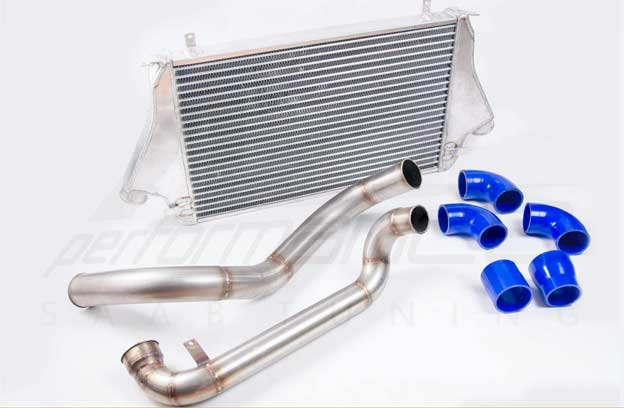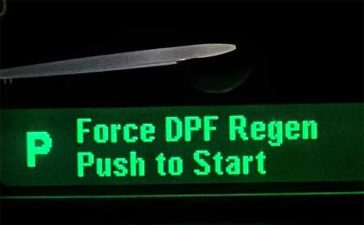Within the SAAB company group, SAAB Automobile AB, which was set up to produce small cars, created its first model – the so-called ‘Ursaab’, which was the prototype of the SAAB 92.
The transverse-mounted 2 cylinder water-cooled 2 stroke DKW engine powered the front wheels and moved the 800 kilogram car using only 18 horsepower. The production of the SAAB 92 3 speed manual gearbox lasted from 1949-1956.
Even as production of the Saab 92 was commencing in the early 1950s, Sixten Sason was at work on future developments of the model. In 1954, he also produced preliminary design sketches of a larger model which was clearly influenced by American trends of the day, although he quickly abandoned these criteria in favour of a completely different approach.
Sason was working concurrently on Project 92Z — a scale model of a completely new body for the 92.
Whereas the first version featured extremely rounded lines, the design had acquired a more sloped front and tail fins by Summer 1955. In a report written that July, it was noted that “just as the style of the first 92 was influenced by the ‘bulbous’ aircraft of the time, the lines of the 92Z have been inspired by modern supersonic aircraft.
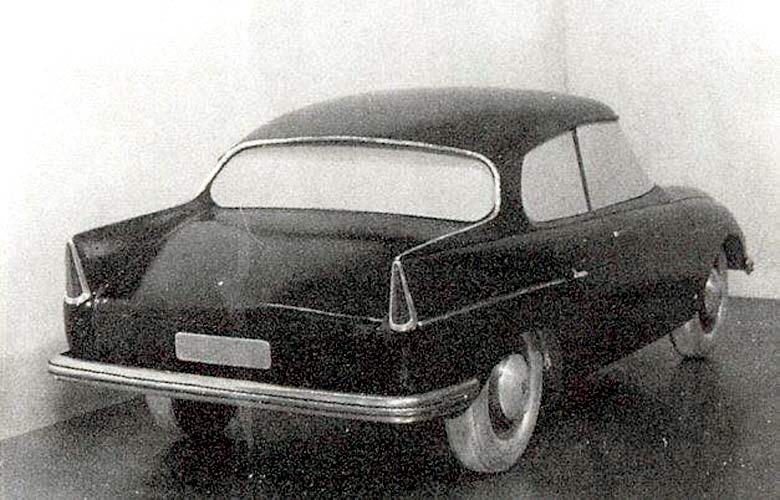
The shape is practical in all respects and is fully in harmony with modern design trends in the industry worldwide. The low front end offers the best possible visibility, while the wide, flat rear window — protected from direct rain and bounded on either side by two narrow pillars provides a practically unrestricted view to the rear.
The tail fins clearly show the width of the car when reversing. The 92Z is de-signed to attract buyers with aspirations to comfort, speed, quietness and elegance. The objective is to achieve these qualities at the minimum possible cost”. (The model was nicknamed ‘Little Draken’ since the J35 Draken aircraft was also under development at the time.)
The 92Z project was abandoned for economic reasons; continued development of the existing model was considered a much less expensive alternative — the possibility of producing and selling the 92 and its refinements until the end of the 1960s was being discussed even at this early stage…
See also:

